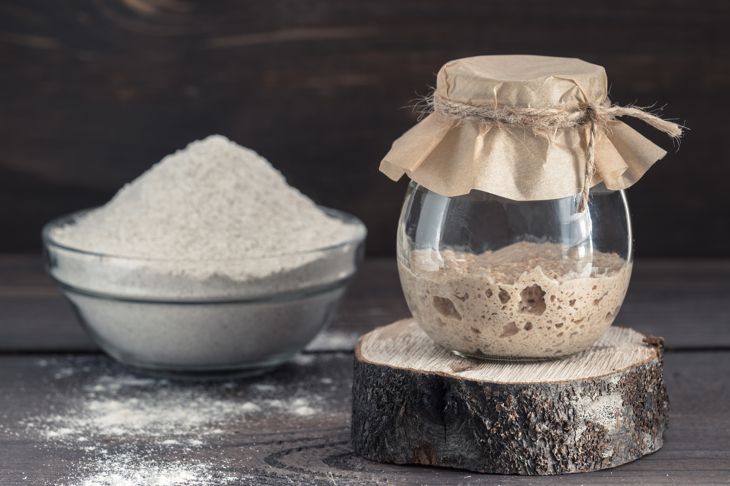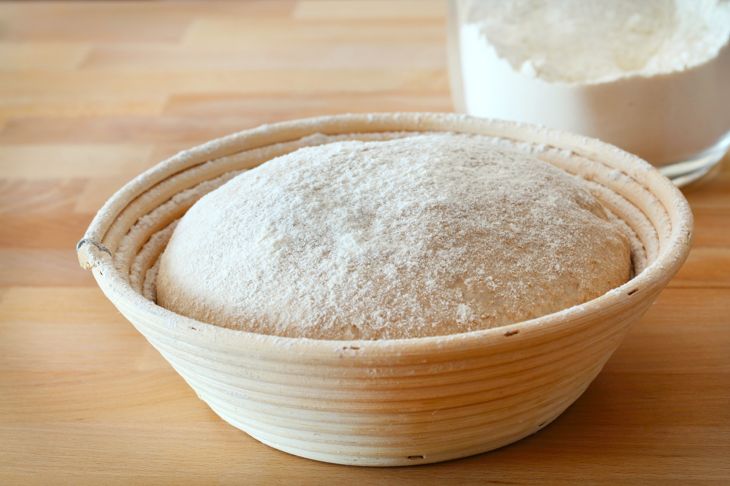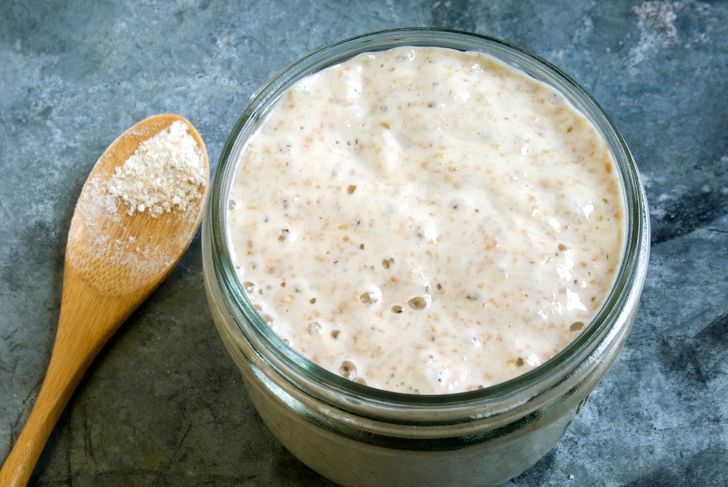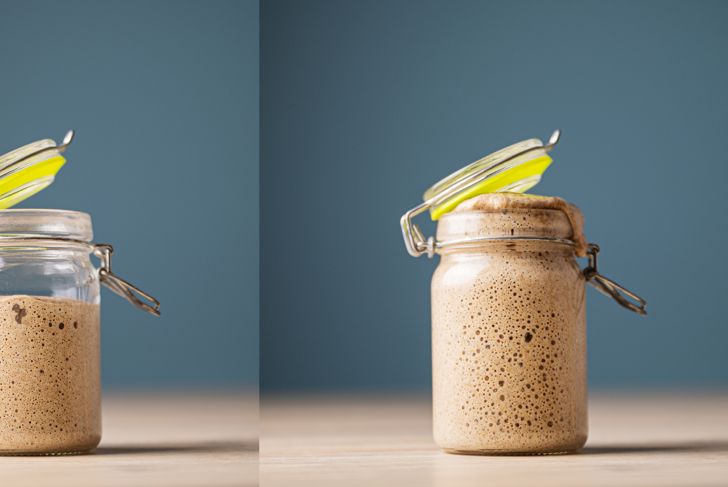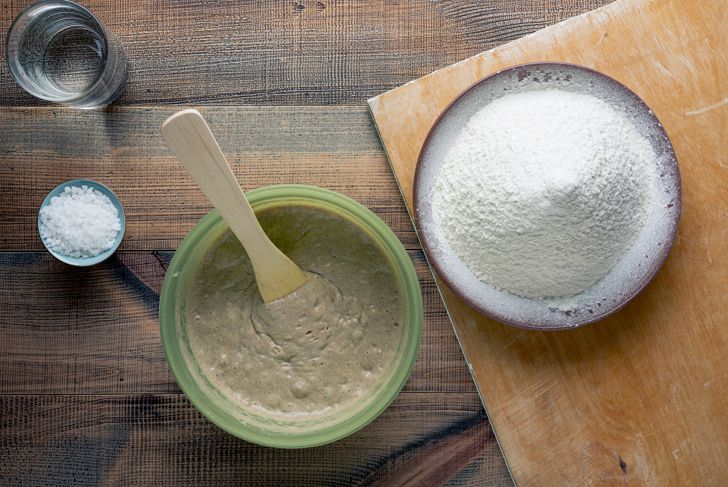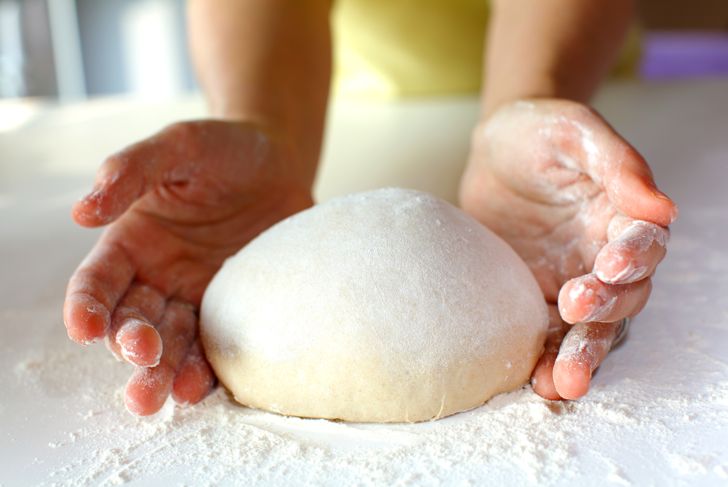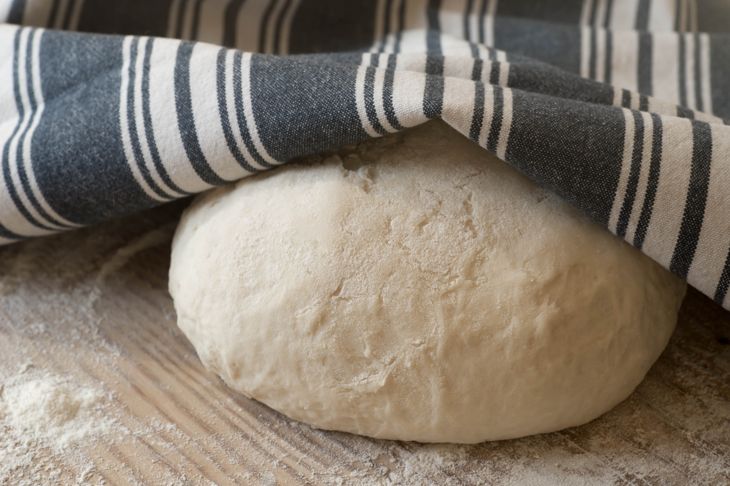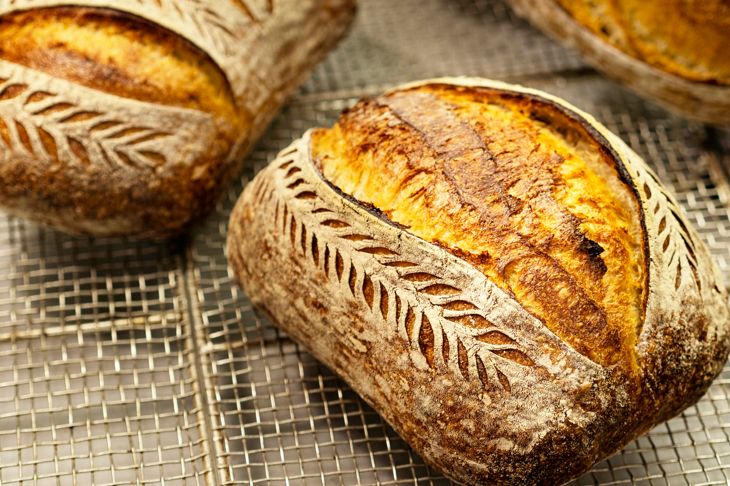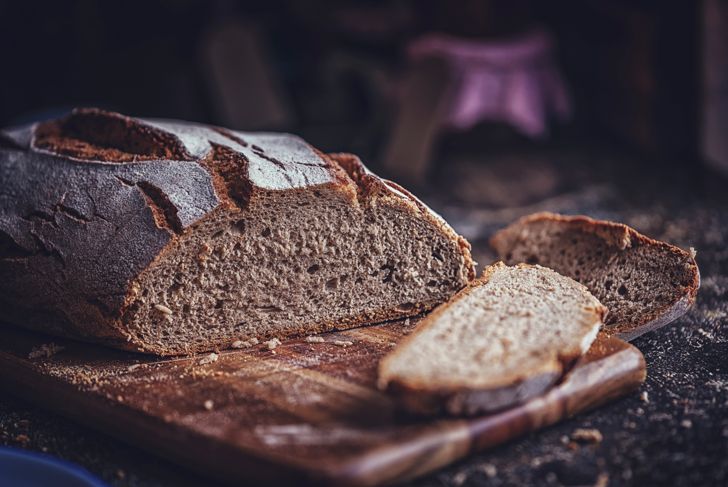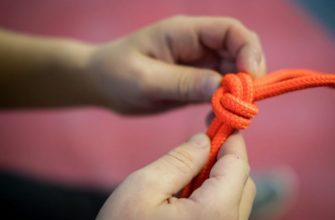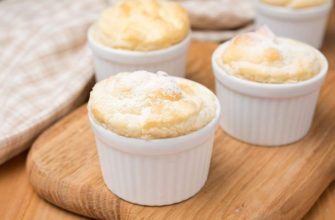Baking, especially bread, has become a popular trend for isolators and distancers. Understandably so: making bread is the perfect combination of practicing self-sufficiency and killing time. Bread is also a delicious and versatile staple to have handy in your cupboards. Sourdough requires few ingredients, making it a great option if your cupboards are running bare. As dust replaces usable products on grocery store shelves, the minimalism of the humble sourdough loaf grows more appealing.The biggest difference between sourdough and other bread recipes is that sourdough requires no dry yeast. It’s made with a live, fermented culture of flour and water, called a starter, which acts as a natural leavening agent. Sourdough is not a quick recipe or even a same-day recipe. The art of making it can be a lengthy process, but let’s not pretend we’re short on time these days. Now is as good a time as any to rise to the challenge of making your own sourdough.
Gather your ingredients
For a basic sourdough recipe, you’ll need:
- 50 g (1⁄4 cup) of starter
- 375 g (1 1/2 cups and 1 tbsp) of warm water
- 500 g (4 cups and 2 tbsp) of all-purpose flour
- 9 g (1 1⁄2 tsp) of salt
Beginner bakers should stick to unbleached, all-purpose flour. Not only is it the most common type of flour on store shelves, but it’s also the best type to work with when you’re still learning the ins and outs of fermentation. All-purpose flour ferments easily, plus nothing beats the taste of classic white bread.
Tools of the trade
Seasoned bakers also turn to a few specific tools, including:
- A special rising basket to place the dough in while it rises
- A bench knife for dividing and shaping the dough
- A Dutch oven to bake the bread in
These tools can improve the bread-making process and give you the best chance at success, but they aren’t necessary. A bowl with a clean linen towel in it can be used in place of the rising basket, and a serrated knife can replace the bench knife. Many bakers consider the Dutch oven irreplaceable, as it traps steam and creates the ideal environment for your loaf. However, you can try using a different type of crock, a pizza stone, or a baking sheet lined with parchment.
Get your starter started
To make your starter, combine ½ cup (60g) of flour and ¼ cup (60g) of water in a large mason jar. Stir the mixture into a smooth, thick paste. Cover loosely with a clean cloth or plastic wrap and set it in a warm spot (75 to 80 degrees F) for 24 hours. The next day, check your starter to see if any small bubbles have formed. If not, set the starter back in its warm spot and wait another 24 hours.Tip: Measuring your ingredients by weight will give you the most accurate and best results.
Feed your starter
On day 3, discard about half of your starter from the jar. Add 60 g (1⁄2 cup) of all-purpose flour and 60 g (1/4 cup) of water and combine. This process is called “feeding” your starter. Feed your starter every day for 3 more days. By day 7, your starter should be twice the size it was on day 1, bubbles should be visible throughout the mixture, and the texture should be spongy. If you’re starter checks all those boxes, congratulations—you’re now ready to bake a loaf of sourdough!Tip: Feed your starter the night before you want to bake. So, feed your starter the night of day 7 and bake your bread on day 8.
Make your dough
Mix the starter and water until combined, then add the flour and salt. Work the mixture together with your hands until the flour is fully absorbed. The dough will look rough and shaggy. Cover with a clean, damp towel and let the dough rest 1 hour. After it rests, work the dough in a ball for about 20 seconds.Cover your dough again with the same towel and let it rise for 8 to 10 hours at room temperature (about 70°F). During this time, your dough should double in size, form a few bubbles on the surface, and jiggle when moved.Tip: Make your dough in the evening so you can finish baking your bread early the next day. If you start your dough during the day, you’ll be waiting until quite late in the day to enjoy your freshly-baked loaf.
Shape your loaf
Move your dough onto a floured surface. Fold the top of the dough toward the center, turn it slightly, then fold over the next section. Continue to turn and fold the dough until you have come full circle. You should have a “seam” on the top from where it was folded. Flip the dough so that it’s seam side down. Gently cup the sides of the dough with your hands and rotate it, using quarter turns in a circular motion. Continue cupping and rotating it until you are satisfied with how it looks.
Rise again
Place your dough into a rising basket or bowl lined with a clean towel, seam side up, and cover it with plastic wrap or another towel. Refrigerate for 1 hour. Take the dough out of the refrigerator and let it rest at room temperature while your oven preheats to 500°F.
Cut and bake
Add a personal touch to your sourdough loaves by slashing a design into them before baking. Start by sprinkling lukewarm water on the loaf, then create a slash pattern using a serrated bread knife. Any shape will do: one straight slash down the middle, curved slashes, or any design of your choice. Just remember to make the slashes deep.Place your loaf on the center rack in the oven and reduce the heat to 450°F. Bake for 20 to 25 minutes, until the crust is a deep golden brown. Remove from the oven and let it cool on a rack.
Experiment and refine your technique
The simplicity of sourdough makes it versatile. Get creative by incorporating different types of flour, such as rye or whole wheat. You can also bake more than just bread with your starter; the fermented mixture enhances the flavor and texture of waffles, cinnamon buns, pizza dough, and more. There are many methods to making the perfect sourdough, so feel free to branch out, experiment, and explore the rustic art of sourdough.

 Home
Home Health
Health Diet & Nutrition
Diet & Nutrition Living Well
Living Well More
More